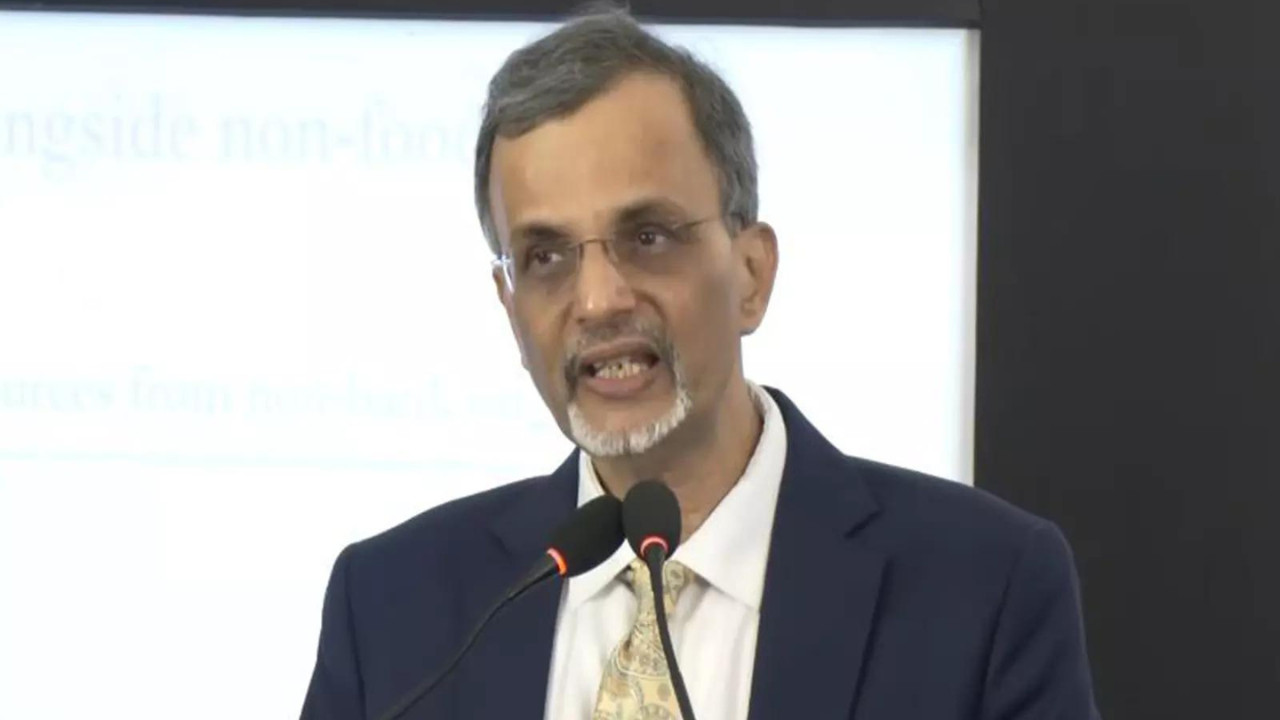The Confederation of Indian Industry (CII) has lauded Prime Minister Modi’s announcement of next-generation GST reforms, envisioning a simpler, more transparent tax regime. A high-powered committee will review the GST framework, potentially leading to a two-rate structure and correction of inverted duty structures.
A New Dawn for Indian Businesses: Streamlining GST for Growth
India’s business landscape just got a whole lot brighter. Prime Minister Modi’s recent commitment to GST reforms is being hailed as a game-changer, and for good reason. The Confederation of Indian Industry (CII) has lauded the move as a “visionary step” that promises to simplify processes, reduce complexities, and ultimately fuel economic growth. But what exactly are these reforms, and why are they generating so much buzz? Let’s delve into the details.
The Goods and Services Tax (GST), introduced in 2017, was intended to be a unified tax system, replacing a complex web of state and central levies. While it has undoubtedly achieved a degree of success, challenges remained, particularly for small and medium-sized enterprises (SMEs). Compliance burdens, intricate refund processes, and ambiguities in interpretations often hampered their growth potential. Recognizing these pain points, the government has embarked on a mission to refine and optimize the GST framework.
Simpler GST: A boon for SMEs
One of the key focuses of the reforms is simplification. The aim is to make GST compliance easier and more intuitive, especially for smaller businesses. This includes streamlining the registration process, simplifying return filing procedures, and reducing the need for extensive documentation. Imagine the time and resources saved when SMEs can focus on their core business activities instead of grappling with convoluted tax regulations. That’s the promise of these reforms. 
Tech-Driven Transformation: Embracing Digital Solutions
Technology is playing a pivotal role in this transformation. The government is leveraging digital solutions to automate processes, enhance transparency, and improve efficiency. Think user-friendly online portals, AI-powered assistance for resolving queries, and seamless data integration across various platforms. These technological advancements will not only simplify compliance but also reduce the potential for errors and fraud.
Boosting Competitiveness Through GST Rate Rationalization
Another crucial aspect of the reforms involves rationalizing GST rates. The goal is to create a more balanced and equitable tax structure that promotes competitiveness across different sectors. This may involve consolidating tax slabs, addressing inverted duty structures (where the tax on inputs is higher than the tax on outputs), and ensuring that businesses are not unfairly disadvantaged due to tax-related complexities. A rationalized GST rate structure can significantly boost domestic manufacturing and attract foreign investment, leading to job creation and economic prosperity.
Beyond Compliance: Fostering a Business-Friendly Environment
These reforms are not just about simplifying tax compliance; they are about creating a more conducive environment for businesses to thrive. By reducing the administrative burden and fostering greater transparency, the government is signaling its commitment to supporting entrepreneurship and innovation. This is particularly important for SMEs, which are the backbone of the Indian economy. When these businesses are empowered to grow and flourish, the entire nation benefits. Read more about how India’s startup ecosystem is benefiting from similar initiatives.
The CII’s endorsement highlights the potential impact of these reforms. By working in close collaboration with businesses, the government is demonstrating a willingness to listen to their concerns and address their needs. This collaborative approach is essential for ensuring that the GST framework remains relevant and responsive to the evolving needs of the Indian economy.
A Future of Seamless Taxation
The ongoing GST reforms represent a significant step forward in India’s journey towards a more efficient and business-friendly tax system. By simplifying compliance, leveraging technology, and rationalizing rates, the government is paving the way for sustainable economic growth and prosperity. While challenges may still exist, the commitment to continuous improvement and collaboration offers a promising outlook for the future of Indian businesses.







